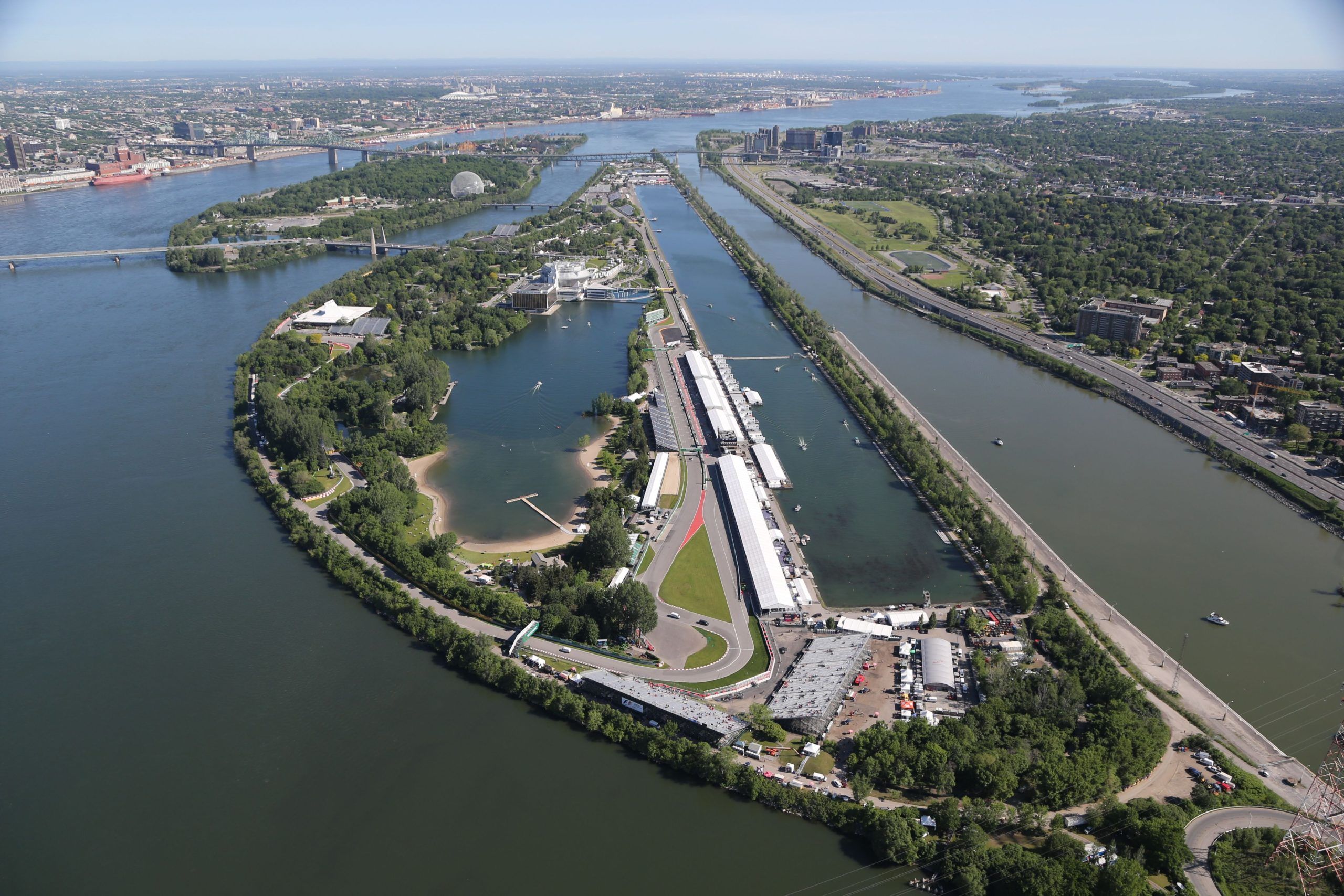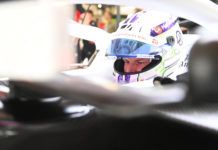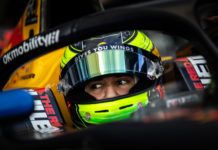The FIA shares details like track limits, DRS zones, circuit changes, stewards and more for the returning F1 Canadian GP.
With COVID-19 playing spoilsport, F1 finally makes a return to Montreal this weekend for Canadian GP. A lot has changed since its last visit in 2019, with the circuit getting a face lift in the last two years to improve its facilities for a longer run on the calendar.
Here’s a full list of changes as per the FIA Race Directors’ note:
- Replacement of the drainage in the pit lane.
- The pit entry, pit lane and pit exit have been resurfaced.
- Improvement to the pit lane wall.
- Safety car line 1 is located closer to pit entry.
- Safety car line 2 has been moved further down the track towards the exit of turn 2.
- The pit entry white line has been shortened.
- Replacement of the starting platform and the photographers’ platform.
- An additional access gate between the pit lane and the starting straight has been added.
- The area on the right of the pit lane, prior to the garages, where emergency vehicles are located, has been suitably resurfaced with bitumen.
- The ‘grasscrete’ installed at turn 9 on driver’s right is removed and replaced with asphalt.
- All kerbs and speed bumps will be sandblasted to their original surface to remove the significant layers of built-up paint.
- The guardrail on driver’s left, under the overpass bridge prior to turn 8, has been replaced.
- Additional debris fence has been installed on driver’s right wall between turns 10 and 11 to create additional protection for the Marshals working in this location.
- The angle of the concrete wall approaching the turn 13 driver’s right has been modified to avoid impact with the apex kerb in the event of an incident.
- Some openings in debris fences for Marshals have been reduced.
- The level of the concrete surface inside the pit lane has been rectified.
In another change, Eduardo Freitas is back as the FIA Race Director for the weekend after Neils Wittich took the role in Baku. The former has issued additional track limits information apart from the white line defining the edges of the circuit, with Turn 9 and Turn 14 in focus.
Track Limits –
In accordance with the provisions of Article 33.3, the white lines define the track edges.
Cutting the chicanes:
- Any driver who fails to negotiate turn 9 and passes completely to the left of the orange apex kerb must keep completely to the left of the orange speed bump and the orange block/bollard on the exit of the corner and re-join the track at the far end of the asphalt run-off area.
- Any driver who fails to negotiate turn 14 and passes completely to the left of the orange apex kerb must keep completely to the left of the orange speed bump and the orange block/bollard on the exit of the corner and re-join the track at the far end of the asphalt run-off area.
In terms of the DRS zones, the first one’s detection zone is 15m after Turn 5, while its activation zone is 90m after Turn 7. The second and third zone’s detection zone is 110m before Turn 9, while the second’s activation is 155m before Turn 12 and third’s is 70m after Turn 14.
As for the FIA stewards, Dr Gerd Ennser will lead the panel consisting of Richard Norbury, Emmanuele Pirro and Marcels Demers.
Here’s the full FIA Race Directors’ note: https://www.fia.com/sites/default/files/decision-document/2022%20Canadian%20Grand%20Prix%20-%20Race%20Director’s%20Event%20Notes.pdf
Here’s pitlane drawing: https://www.fia.com/sites/default/files/decision-document/2022%20Canadian%20Grand%20Prix%20-%20Event%20Notes%20-%20Pit%20Lane%20Drawing.pdf
Here’s FIA on tackling porpoising issue



















